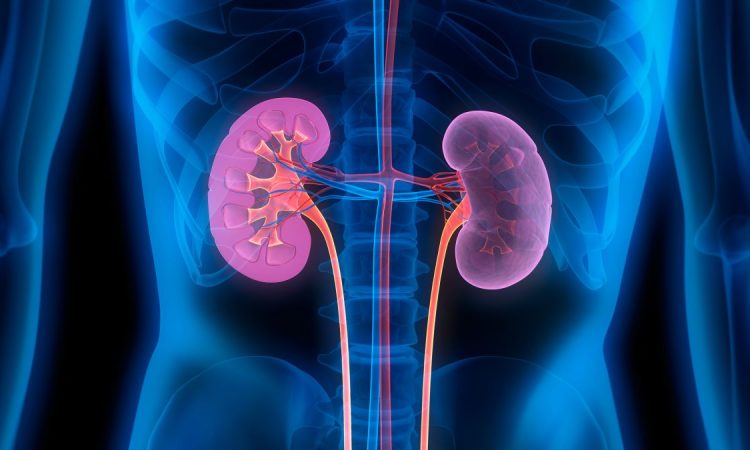Three children with a rare genetic disease needed kidney transplants, and by using a unique transplantation technique, doctors successfully replaced the kids’ kidneys without the need for any immune-suppressing drugs.
Typically, after receiving a transplant, organ recipients must take immunosuppressive drugs for the rest of their lives, in order to prevent the immune system from rejecting the organ. This places organ recipients at an increased risk for infections and cancer, and even then, the immunosuppressants don’t eliminate the risk that the body will eventually reject the organ anyway.
In order to reduce or eliminate the need for immunosuppression, doctors have tried transplanting stem cells from the organ donor’s bone marrow into the recipient, along with their new organ, according to a statement. These bone marrow-borne stem cells mature into different kinds of blood cells, including types of immune cells called lymphocytes that flag any foreign material in the body. In theory, since these stem cells come from the donor, the body of the transplant recipient would recognize the newly transplanted organ as familiar and thus lower the risk of rejection. Unfortunately, such stem cell transplants carry a big risk: a condition called graft-versus-host disease, where the new immune cells inadvertently attack the transplant recipient’s body from the inside.
Now, Stanford physicians have developed a new approach for transplanting kidneys and stem cells into patients, and so far, none of the three patients who underwent the procedure have experienced severe graft-versus-host disease nor have they needed long-term immunosuppression, the team reported Wednesday (June 15) in the New England Journal of Medicine.
“This is ground-breaking,” Dr. Amit Tevar, surgical director of the Kidney and Pancreas Transplant Program at the University of Pittsburgh Medical Center, who was not involved in the research, told NBC News.
The transplant recipients included 8-year-old Kruz Davenport and his 7-year-old sister Paizlee as well as another child with the rare immune disease called Schimke immuno-osseous dysplasia (SIOD). This condition is characterized by chronic kidney disease that requires a kidney transplant, and it causes bone marrow failure, which requires a stem cell transplant. In the three children in the new study, a parent became both the stem cell and kidney donor for their child. First, the doctors completed the stem cell transplant. Then, five to 10 months later, once the child had recovered from that transplant, doctors transplanted the same parent’s kidney into that child.
—Double pig kidney transplant successfully performed in brain-dead patient
—How long can organs stay outside the body before being transplanted?
—Creating ‘universal’ transplant organs: New study moves us one step closer.
The three patients have now been living with their new, fully-functioning kidneys for 22 to 34 months. “They are doing everything: They go to school, they go on vacation, they are doing sports,” Dr. Alice Bertaina, an associate professor of pediatrics at Stanford and lead author of the study, said in the statement. “They are having completely normal lives.”
In addition to not needing immunosuppressive drugs, all three children are living without SIOD.
“They’re walking miracles,” said Kruz and Paizlee’s mom, Jessica Davenport. “It’s really cool that they’re paving the way for other families to experience the same things we’ve been able to experience.”
The technique, which the researchers have named DISOT for dual immune/solid organ transplant, received FDA approval on May 27 to treat patients with certain conditions that impact the kidneys. The team expects that in the future the protocol will receive approval as a treatment option for many others needing kidney transplants. They also plan to investigate the use of an adaptation of DISOT for other solid organ transplants.
Originally published on Live Science.
Nicoletta Lanese
Staff Writer
Nicoletta Lanese is a staff writer for Live Science covering health and medicine, along with an assortment of biology, animal, environment and climate stories. She holds degrees in neuroscience and dance from the University of Florida and a graduate certificate in science communication from the University of California, Santa Cruz. Her work has appeared in The Scientist Magazine, Science News, The San Jose Mercury News and Mongabay, among other outlets.
Source: Read Full Article

